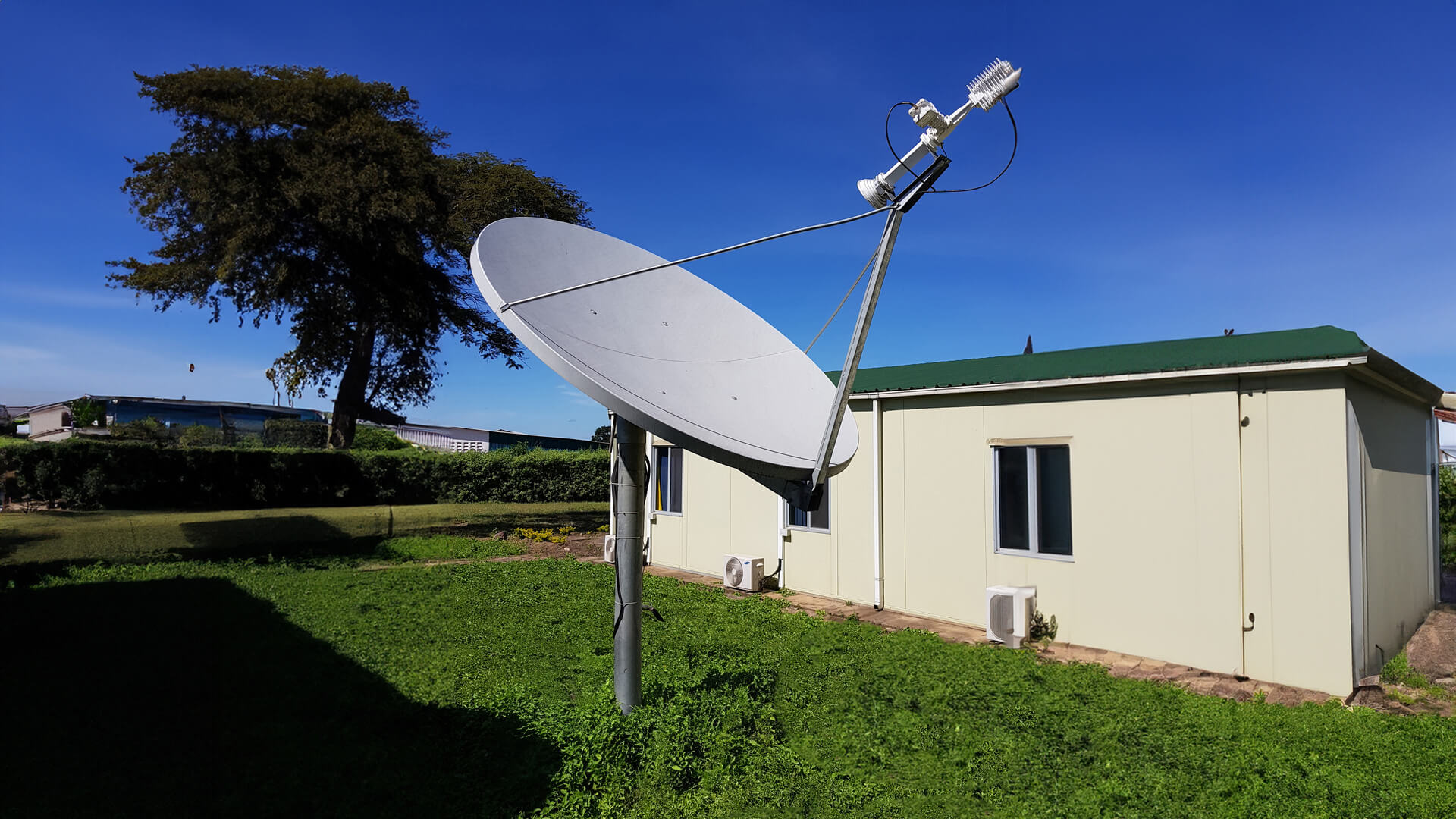Living in a rural area often means trading convenience for space, peace, and lower costs. The downside is that internet options can be limited, slow, or unreliable compared to city connections.
Satellite internet has improved dramatically in the last few years, offering real broadband speeds far beyond the old dish systems. Still, not every satellite service fits every rural home, so choosing the right one depends on your location, usage style, and budget.
What makes satellite internet a good rural solution

Satellite internet works by sending data between your home dish and satellites in orbit, then down to ground stations linked to the wider internet. Because the connection does not rely on local cables or cell towers, it reaches farms, villages, and remote properties where other networks stop.
The biggest advantage is coverage. If you can mount a dish with a clear view of the sky, you can usually get service even in areas with no fiber, no cable, and weak mobile signals.
Modern low orbit networks have reduced latency and boosted speeds, making video calls, streaming, and cloud work far more realistic than before. For households without a viable wired option, click here for satellite internet access can be a useful starting point when comparing what is available in your region.
Satellite is also a strong backup line. Many rural businesses pair it with a slower DSL or 4G plan, so they stay online when weather or local outages hit the main connection.
Main types of satellite services you will see today

There are two broad categories. Traditional geostationary satellite services use a few large satellites far above Earth, which means higher latency but stable wide coverage.
These plans can suit light browsing, email, and basic streaming, but they often struggle with gaming, real time work tools, or high demand evenings. They may also include stricter data caps, so heavy users can hit limits quickly.
The newer option is low Earth orbit satellite internet. It uses many satellites closer to the planet, so the signal travels a shorter distance and feels more like a normal broadband line.
Low orbit services are typically better for households that stream in HD, use smart home devices, or work remotely. The catch is that some areas can be capacity constrained, so availability and price vary by location.
A third hybrid case appears in some markets, where fixed wireless or 5G home internet is marketed alongside satellite. If you live close enough to a tower, fixed wireless may be cheaper, but its reliability drops fast with distance and terrain.
How to choose the best plan for your home

Start with a simple checklist. Confirm what services are actually available at your address, because rural coverage maps can be misleading until you enter the exact location.
Next, estimate your real monthly usage. A home that streams movies nightly and has multiple devices will need a higher performance plan than a couple that mainly checks email and reads news.
Latency is another deciding factor. If you do video meetings, online classes, or multiplayer gaming, low orbit satellite is usually the safer choice because it feels more responsive.
Look closely at the total cost, not just the monthly fee. Satellite internet usually requires upfront hardware, and some providers charge extra for installation, shipping, or optional roof mounts.
Weather and obstructions matter, so plan your dish location carefully. Tall trees, hills, or nearby buildings can block signal paths, and heavy storms can cause short dropouts, especially on geostationary systems.
Finally, check contract terms and support quality. A slightly higher price can be worth it if the provider has better local service, faster replacements, and clear upgrade paths as the network grows.
Conclusion
The best satellite internet for a rural home is the one that matches your real needs and your exact location. Choose based on availability, speed, latency, and total cost, and you will get a connection that makes rural living feel far less isolated.

